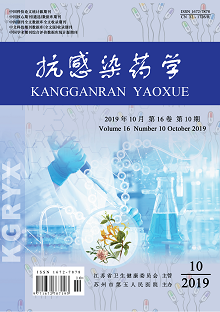DAI Jun, XIA Wei, WU Min-zhi, MO Xing-fan, LI Jing-jing, FENG Zhi1, HE Fang-hua, WANG Qian-qiu, ZHANG Xue-hua
Objective: To analyze the clinical characteristics of ocular syphilis and to provide a reference for clinical prevention and treatment of ocular syphilis. Methods: Key words such as "ocular syphilis", "clinical diagnosis", "anti-syphilis treatment", "treponema pallidum", "optic neuritis" and "optic atrophy" in CNKI, Wangfang Data and other databases were searched by computer. The literatures related to ocular syphilis in recent 10 years at home and abroad have been searched, and statistical software Excel 2007 and SPSS 20.0 have been used to analyze the ophthalmic examination, dermatological examination and pathological examination results of lumbar puncture. Results: According to the inclusion criteria and extraction of effective information, 68 patients were eventually included in the 12 articles, most of whom were posterior segment lesions, with optic nerve atrophy accounting for the majority. Conclusion: The ocular lesions of syphilis were diverse and lack of specificity. For the cause of unknown vision loss, eye inflammation and other diseases should be excluded from the existence of syphilis; syphilis should be regarded as a distinguishing factor of optic neuritis. Once it is diagnosed as ocular syphilis, standardized anti-syphilis therapy should be adopted based on the clinical pathway of neurosyphilis.
